Websites & Links
Featured Resources for Teaching about East Asia
Explore featured resources and other Asian study resources online.
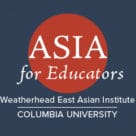
Asia for Educators
An initiative of the Weatherhead East Asian Institute at Columbia University, Asia for Educators (AFE) is designed to serve faculty and students in world history, culture, geography, art, and literature at the undergraduate and pre-college levels.
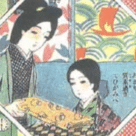
Becoming Modern: Early 20th Century Japan through Primary Sources
This online curriculum offers secondary teachers seven lessons that examine a critical period in Japanese and world history: the period of Japan’s modernization and international expansion from the 1880s through the 1920s, a time span overlapping the late Meiji, Taishō, and early Shōwa periods. The lessons draw upon a range of historical source materials—including art, literature, memoir, interviews, board games, and government documents—to teach Japanese history using pedagogical approaches that address national content standards and Common Core skills.
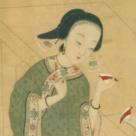
China in World History with Sarah Schneewind
China expert Sara Schneewind explores Ming maritime expeditions, exchanges East to West in history, and confronting the practice of foot binding in three videos. Engaging presentations are perfect for the classroom or to increase your own understanding of these subjects.
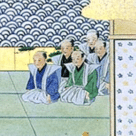
Cultural Encounters: Teaching Japan in World History
Online curriculum that features seven historical-inquiry lessons on Japanese encounters with peoples, ideas, technologies, and institutions of Asia, Europe, and the United States from the Asuka/Nara periods to the present. Featuring a variety of primary and secondary sources, the lessons are designed to enhance middle and high school students’ historical thinking and literacy skills and their knowledge of Japan in world history.

East Asia Gateway for Linking Educators
This site is an online resource of materials for teaching about Asia, and a portal where teachers can share teaching materials and their own ratings and reviews of materials.
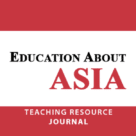
Education about Asia (EAA) Teaching Resource Journal
An invaluable resource for teachers, students, and anyone with an interest in Asia, Education About Asia (EAA) is the Association for Asian Studies’ biannual, peer-reviewed, open-access teaching journal. EAA offers more than 2,000 articles—features, lesson plans, interviews, classroom resources, book and film reviews—to browse and download, covering a wide range of topics and time periods, from ancient to modern history, language, literature, geography, religion, youth, and popular culture.
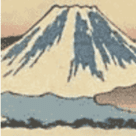
Imaging Japanese History
Imaging Japanese History is an online curriculum designed to enhance students’ visual literacy skills, historical thinking skills, and knowledge of Japanese history. Five online modules each provide a case study in the role of art in capturing and conveying human experience.

Japan Artists Information Directory (JAID)
JAID is a database of information about performers and teachers of traditional Japanese performing arts based in the United States. Created to enhance mutual understanding between the US and Japan by improving the visibility of and access to traditional Japanese performing artists and their arts, the JAID database is available online for organizations and individuals who are seeking information on performers or teachers in the US.
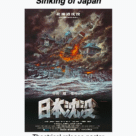
Japan Sinks “Franchise”
The Japan Sinks “Franchise” is a list compiled by Bill Tsutsui, Ottawa University, March 2023 as presented at the Association for Asian Studies (AAS) annual conference roundtable session “Spectacle and Speculation: Teaching East Asian Pasts, Presents, and Futures through Science Fiction.”
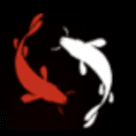
Japan: PITT
The Japan Studies faculty at the University of Pittsburgh, in collaboration with the Asian Studies Center has created this dynamic set of lessons that explore how Japan has influenced and been influenced by Asia and the world culturally, socially, and politically. Module-based learning units divide the material to allow you to explore Japan through the visual and performing arts, economics, history, language usage, politics, social issues, and music. Broader themes that address issues of global relevance, such as the connection between traditional and modern transformations, or ways of forging national identities are also explored.

NCTA YouTube Channel
Features videos that can be used as resources.
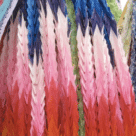
Remembering Hiroshima and Nagasaki, by Sarah Campbell (iBook – Available in iTunes)
This document features a multi-part interactive lesson in which students will use narrative and first-hand accounts from various perspectives to explore how individuals and societies can and should commemorate difficult histories.” For secondary students in history, English and other courses.
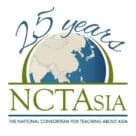
TEA-NCTA 25th Anniversary Curriculum Recognition Project
NCTA is celebrating 25 years in 2023. Throughout the anniversary year, the NCTA national site at the Program for Teaching East Asia (University of Colorado Boulder) is highlighting alumni-developed lesson plans that offer innovative and creative ways for teaching and infusing Asian content into the classroom. These lesson plans, created by teachers who have participated in TEA-sponsored NCTA programs, offer a selective sample of work being done to enhance teaching and learning about East Asia across the country.
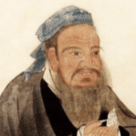
Teaching Modules
The University of Tennessee Chattanooga Asia Program has published a collection of teaching modules for teachers. Developed by seven NCTA Faculty Fellows the instructional modules encompass a variety of significant themes.
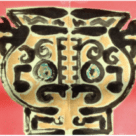
Teaching Resources for East Asian Art
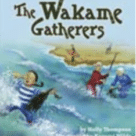
Texts and Contexts: Teaching Japan through Children’s Literature
The Texts and Contexts: Teaching Japan through Children’s Literature online curriculum is a collection of teacher-developed, standards-based, cross-curricular K-6 lessons. The collection is designed to promote the teaching of cultural studies of Japan while developing students’ knowledge and skills in literacy and communication. Each of the six lessons features an authentic children’s literature book on an aspect of Japanese culture.
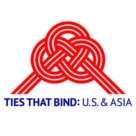
Ties That Bind: Connecting the US with East Asia
An innovative collaborative digital mapping project that provides opportunities for users to learn about historical and contemporary people, places, events which connect the United States and East Asia. Teachers, students, organizations with an interest in Japan, and the general public will be able to access resources chronicling the breadth and depth of our ties via our digital collection.

Top Ten Things to Know about East Asia in the 21st Century
This video collection from Asia for Educators provides important information on China, Japan, Korea, Vietnam, Tibet and Asian Americans in U.S. History directly from area experts at Columbia University. 30-40 min recordings. Additional classroom resources are included on each video page.
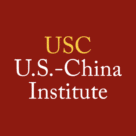
USC US_China Institute Teaching about Asia Forums
Online discussions by topics. Includes web resources, lesson plans, museum resources.
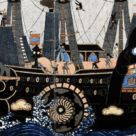
Visualizing Cultures
Visualizing Cultures was launched at MIT in 2002 to explore the potential of the Web for developing innovative image-driven scholarship and learning. The VC mission is to use new technology and hitherto inaccessible visual materials to reconstruct the past as people of the time visualized the world (or imagined it to be).
Topical units to date focus on Japan in the modern world and early-modern China. The thrust of these explorations extends beyond Asia per se, however, to address “culture” in much broader ways—cultures of modernization, war and peace, consumerism, images of “Self” and “Others,” and so on.

Webinars
We invite you to explore these NCTA one-hour webinars on specific topics ranging from current and historical events, social customs and beyond. Fill out the online registration form to access individual webinars.

Words Without Borders Campus
Words Without Borders Campus connects students and teachers to global literature in English translation. Selected writings, many grouped by themes, are paired with multimedia resources and teaching ideas to help educators use these contemporary stories in their classrooms. It is an education program of Words Without Borders, which features hundreds of translated works including ones by Chinese, Korean and Japanese authors.
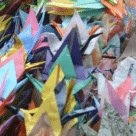
WWII & Atomic Bomb Museum Exhibits: Japanese and American Perspectives, by Erica Gullickson (iBook – Available in iTunes)
In this lesson, secondary students in a world history or human geography course explore various perspectives of Japanese and American museums that remember World War II and the use of atomic weapons. In the course of one week, students will consider Buddhist philosophy of historic events, explore Japanese and American online museum exhibits and participate in a Socratic seminar discussion on peace.
